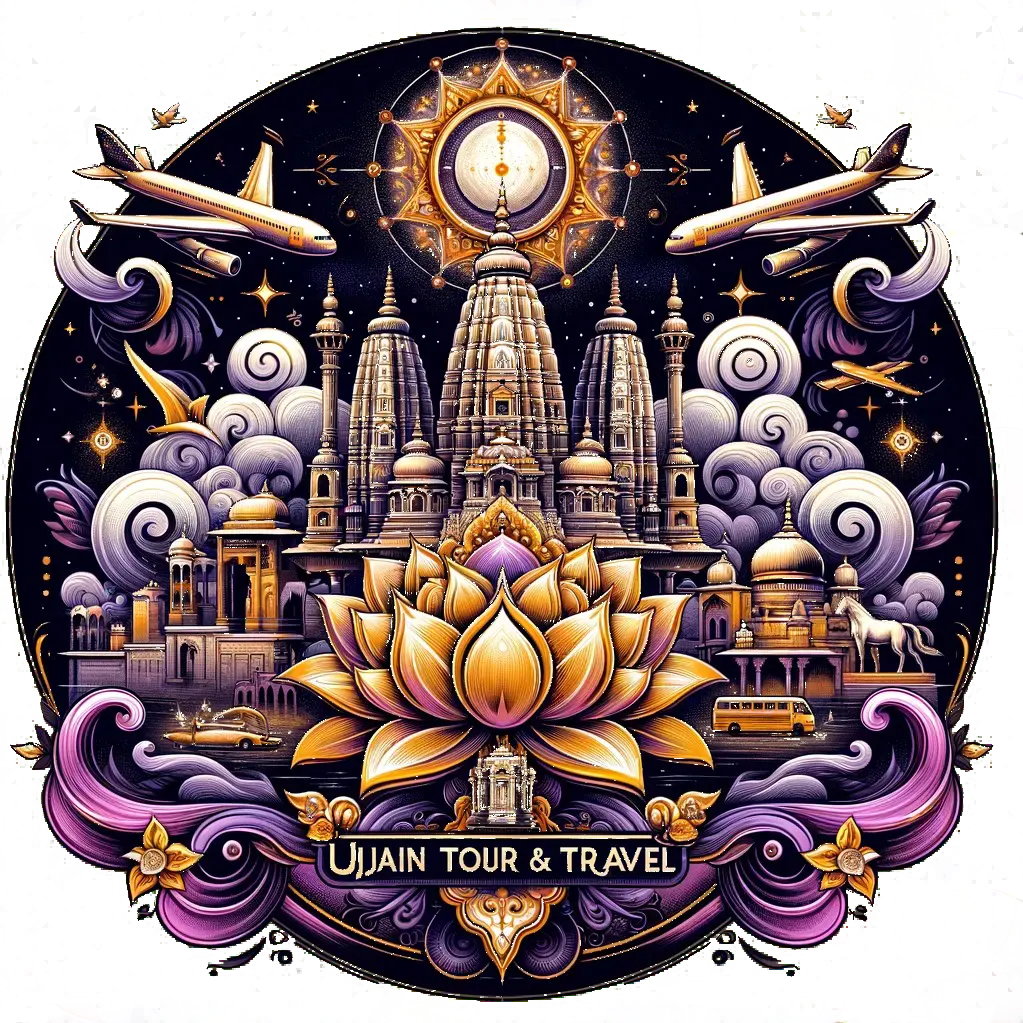Introduction
Nestled along the banks of the sacred Shipra River, Ujjain, a city steeped in mythology and spirituality, is home to the revered Mahakaleshwar Temple. As one of the 12 Jyotirlingas—dedicated shrines to Lord Shiva—Mahakaleshwar holds a unique position in Hinduism and attracts millions of devotees and tourists alike. This ancient temple, with its striking architecture and rich history, serves as a spiritual beacon for pilgrims and visitors. In this blog, we will delve into the significance, rituals, history, and overall essence of Mahakaleshwar Temple, offering a comprehensive guide for those looking to explore this iconic site.
Significance of Mahakaleshwar Temple
Mahakaleshwar Temple is not only a significant religious site but also a pivotal part of Indian culture and tradition. The temple is dedicated to Lord Shiva, who is worshiped here in the form of a Jyotirlinga—a representation that symbolizes his infinite nature. The significance of this temple is multifaceted:
- One of the Twelve Jyotirlingas: Mahakaleshwar is one of the 12 revered Jyotirlingas in India, making it a highly important pilgrimage site for Hindus. Each Jyotirlinga has its unique story and significance, but Mahakaleshwar is especially esteemed for its spiritual energy and divine presence.
- Connection to Time: The temple is believed to be a place where Lord Shiva represents time, known as “Mahakaal.” It is thought that worshiping at this temple can help devotees transcend the cycle of birth and death, achieving liberation (moksha).
- Cultural Heritage: The temple is an embodiment of the rich cultural heritage of Ujjain, which has been a significant center for education, philosophy, and spirituality throughout history. The temple complex itself showcases intricate carvings and architectural styles that reflect ancient Indian artistry.
Historical Overview
The history of Mahakaleshwar Temple is intertwined with various legends and historical events. The temple's origins can be traced back to the 4th century, although it has undergone several renovations and expansions over the centuries.
- Mythological Origins: According to Hindu mythology, the temple was established when a demon named Dushan attempted to conquer the Devas (gods) and was ultimately defeated by Lord Shiva. Pleased by the devotion of the local people, Shiva manifested himself in the form of a Jyotirlinga, thus establishing his presence in Ujjain.
- Architectural Evolution: The temple has witnessed several renovations, particularly after the invasion of Mahmud of Ghazni in the 11th century. The current structure dates back to the Maratha period, particularly during the reign of the Holkars, who contributed significantly to its restoration.
- Cultural Significance: Over the centuries, the temple has been a site of various cultural and spiritual activities, including the famous Kumbh Mela, which takes place every 12 years in Ujjain. During this time, millions of pilgrims gather to take a holy dip in the Shipra River and visit the temple.
The Architecture of Mahakaleshwar Temple
The architecture of Mahakaleshwar Temple is a stunning representation of ancient Indian temple design. The temple is built in the traditional Hindu style, featuring intricate carvings and sculptures that depict various deities and mythological scenes.
- Main Shrine: The main sanctum houses the Jyotirlinga, which is unique because it is a “swayambhu” or self-manifested. Unlike other Jyotirlingas, which are typically installed by devotees, Mahakaleshwar’s form is believed to have emerged naturally.
- Lingam: The Shiva Lingam here is depicted in a black stone, symbolizing the formlessness of Shiva. The temple also features a unique “Bhairav” image, representing the fierce form of Lord Shiva.
- Temple Complex: The temple complex encompasses several smaller shrines dedicated to various deities, including Goddess Parvati and Lord Ganesh. The vibrant murals and carvings on the walls narrate stories from Hindu mythology, creating a visually captivating experience for visitors.
Rituals and Festivals
The Mahakaleshwar Temple is renowned for its elaborate rituals and vibrant festivals that attract thousands of devotees throughout the year.
- Daily Rituals (Puja): The temple conducts various daily rituals, including the "Bhasma Aarti," which is performed in the early hours of the morning. During this ritual, sacred ash is applied to the Lingam, symbolizing purity and devotion.
- Festivals: Major festivals like Maha Shivaratri witness a grand celebration at the temple. Devotees throng the temple to offer prayers and participate in special aartis (ritual worship) held throughout the night. The atmosphere during these festivals is charged with devotion and spirituality, creating an unforgettable experience.
- Panchkroshi Yatra: The Panchkroshi Yatra is a significant pilgrimage that involves walking a circular path around Ujjain, covering five sacred sites. It is an essential part of the spiritual journey for devotees visiting the Mahakaleshwar Temple.
Visiting the Temple
If you plan to visit Mahakaleshwar Temple, here are some essential tips to enhance your experience:
- Dress Code: While there is no strict dress code, it is advisable to wear modest clothing that respects the sanctity of the temple.
- Timing: The temple is open for darshan (viewing) from early morning until late evening. Visiting during the early hours allows you to experience the serene atmosphere and witness the morning rituals.
- Photography: Photography is generally not allowed inside the sanctum, but you can capture the beauty of the temple complex and its surroundings.
- Stay Options: Ujjain offers a range of accommodation options, from budget hotels to luxurious stays. Consider booking your stay in advance, especially during peak pilgrimage seasons.
Conclusion
The Mahakaleshwar Temple stands as a testament to Ujjain's rich spiritual and cultural heritage. With its unique significance as one of the twelve Jyotirlingas, this sacred site offers a glimpse into the timeless traditions and deep-rooted beliefs of Hinduism. A visit to the Mahakaleshwar Temple is not merely a pilgrimage; it is an exploration of faith, devotion, and the eternal essence of Lord Shiva. Whether you are a devout believer or a curious traveler, the temple invites you to experience its spiritual energy and connect with a rich tapestry of history and culture.
For more information and to plan your visit, contact us @info@ujjaintourandtravel.com

Comments